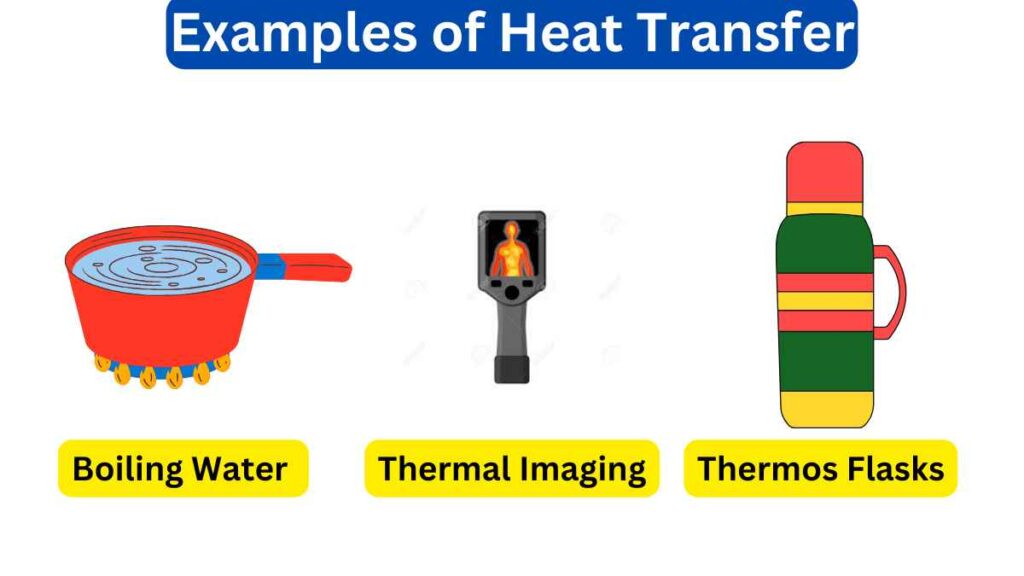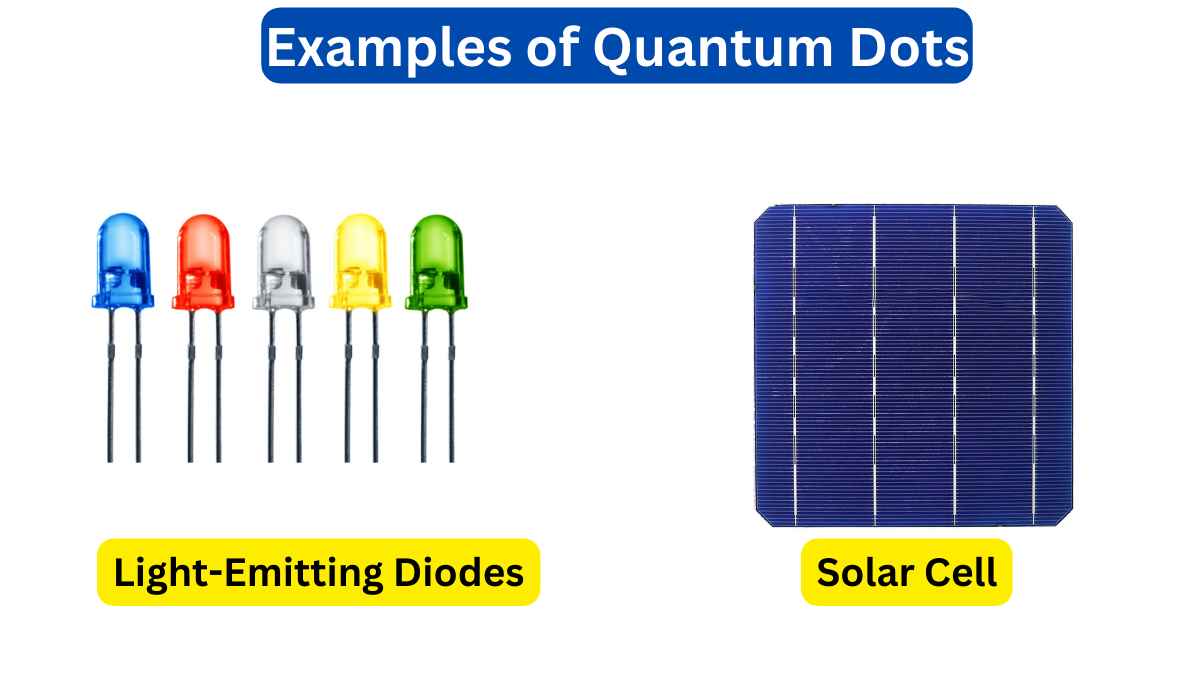10 Examples of Heat Transfer
Heat transfer is the movement of thermal energy from one object to another. Ice melting, Cooking, boiling water, blowing air, radiators, and solar absorption are very common examples of heat transfer.
Examples of Heat Transfer
Heat is constantly flowing around us through the process of heat transfer. Here are 10 common ways we encounter heat being transferred.

1. Touching a Hot Stove
A very common example of heat transfer is the hot stove. Heat flows from the stove to your hand by conduction when you touch a hot burner. The faster motion of the stove molecules transfers energy to your skin.
2. Boiling Water
Another common example of heat transfer is boiling water which we observe daily. Adding heat to water increases the motion of its molecules until it boils and changes to steam. The fastest-moving molecules convert to gas.
3. Blowing on Hot Soup
Blowing air transfers heat away from the soup to your mouth by convection currents. The hot soup heats the air molecules which rise away.
4. Heating with Radiators
Radiators heat rooms using convection as hot water pipes heat the air which circulates to warm the whole space.
5. Solar Heat Absorption
Dark colors like black clothing absorb more electromagnetic radiation from the sun and grow hotter than light colors through conversion to thermal energy.
6. Thermal Imaging
Infrared cameras detect heat being radiated from warm objects to create thermal images. Hotter objects like engines emit more infrared.
7. Cooking with Microwaves
Microwave ovens produce electromagnetic waves that are absorbed by food molecules, causing them to vibrate rapidly and generate heat.
8. Cloud Cover at Night
Clouds absorb and trap the earth’s rising heat radiation during the day and act as insulators to keep nights warmer.
9. Thermos Flasks
We use the thermos flask in our daily life. Thermos bottles slow heat transfer by conduction and convention through a vacuum layer separating the inner and outer walls. This keeps contents hot or cold.
10. Wool Clothing
The air pockets in wool fibers provide insulation by trapping body heat. The crimped fibers minimize heat transfer to the outside by conduction.
Heat moves in various ways like conduction, convection, and radiation to maintain temperature equilibrium. Understanding heat transfer allows us to regulate temperatures around us.

 written by
written by 




Leave a Reply